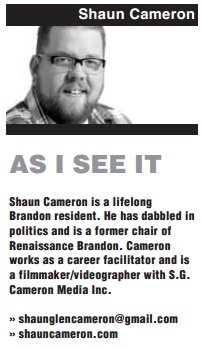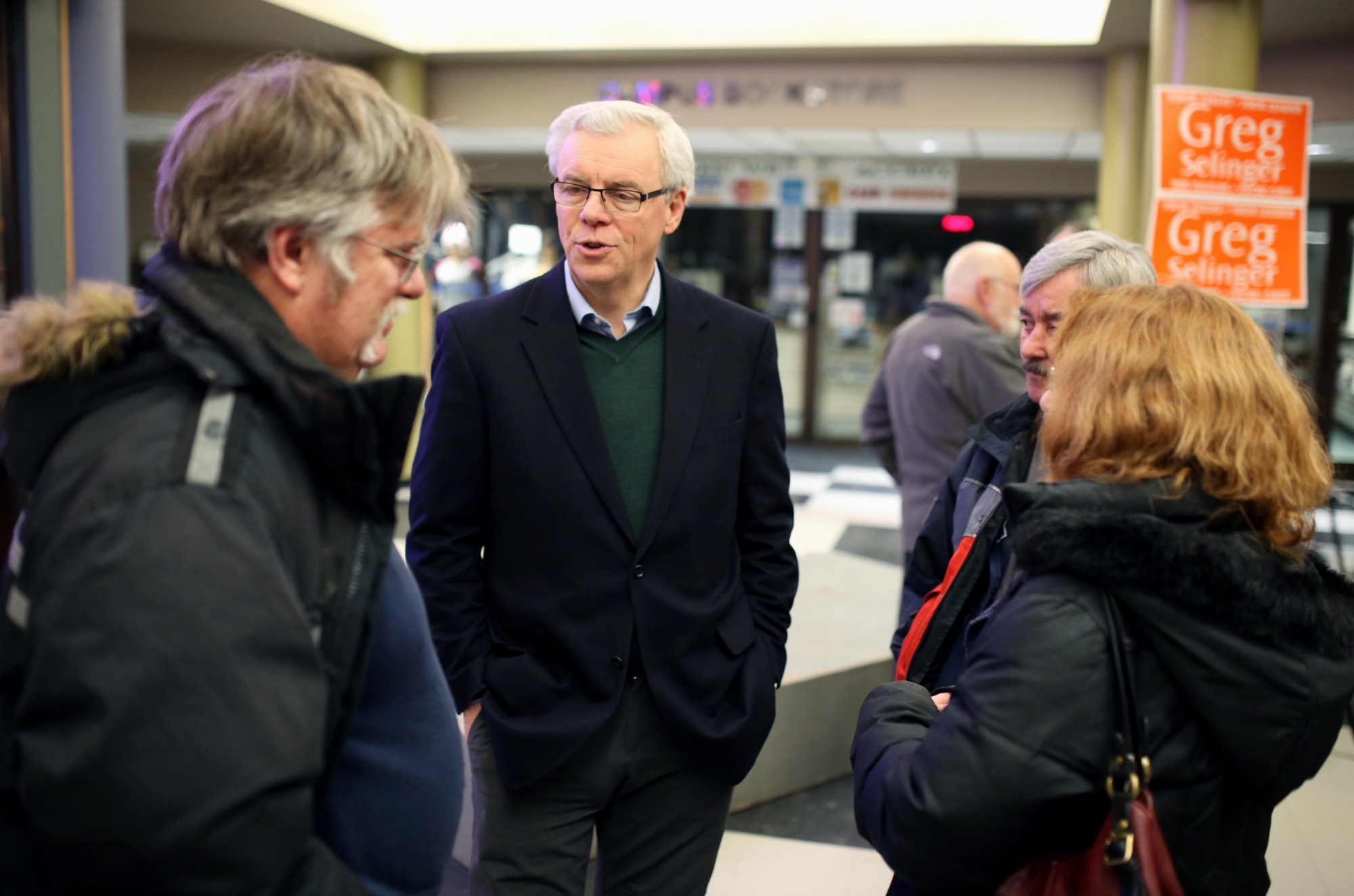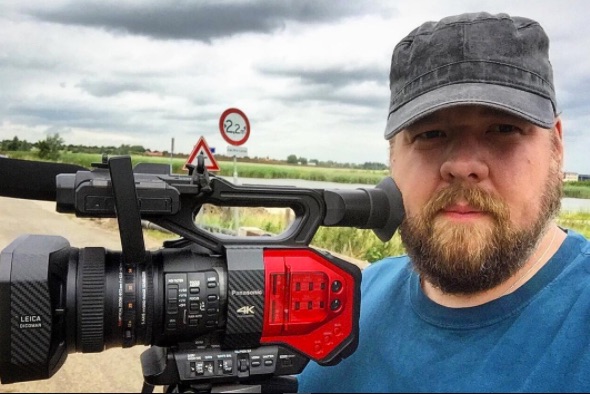Republished from the Brandon Sun print edition November 14, 2015

It would appear that the architects behind the revamp of the Riverbank Discovery Centre network have made one thing perfectly clear — they plan to “work with the river and not against it.”
However simple sounding that statement is, surely it’s music to the ears of politicians and residents alike as Brandonites prepare to embark on a new era of riverbank development following two devastating floods in the past five years.
The “high water events” of 2011 and 2014 placed some serious strains on the Riverbank project, as well as effectively destroying what once were two beautiful locations in Eleanor Kidd Park and gardens, and the Manitoba Hydro waterfall of lights skating oval.
The devastation had a psychological effect on the city. The flood fights galvanized citizens behind the efforts to save the flats, but at the same time forced residents to watch two locations of pride for this community effectively destroyed.
The new plan, dubbed “Back to the River,” was presented this past week at a public open house and provides for a 20-plus-year vision moving forward. It does carry a hefty price tag and will, if approved, end up being north of $25 million for the generational effort.
That number may sound extreme, but broken up over that time, the investment year-to-year is similar to what the city could reasonably commit to entities such as the Keystone Centre, for example.
The idea of a long-term funding allotment like this is intriguing for council for one main reason — it allows the members to know on a yearly basis what will be needed to move the project forward, thus limiting the crushing blows that can derail projects due to underfunding one year followed by exponentially larger requests the following year.
The opportunity to know the 20-year cost for a plan is forward thinking as it takes much of the guesswork out of properly funding the needs of a city. Obviously inflation comes into play, but overall, the costs remain fixed for the most part.
Without such a plan, you run the risk of the politicking among the membership, possibly leading to the voting down of entire budgets on entities they had a hand in forming — see Renaissance Brandon for example, with the Riverbank being no different.
When this threat looms, it severely limits the ability of an organization to move forward and create long-term, sustainable measures of success.
If we do, in fact, move forward on “Back to the River,” the support should come with one caveat. If ever this city is to become a destination, now would be the time to think bigger, something that elements of this plan endeavour to achieve.
One particular idea that supports that theory is the building of a 3,000 to 5,000-seat outdoor amphitheatre. It adds an interesting dynamic and would hopefully in the future allow for concert and event promoters and audiences to look at the city as being a destination.
On a much grander scale, for example, Rainbow Stage in Winnipeg has done that for Kildonan Park by making the surrounding area a destination for festivalgoers and families alike.
This is not the same venue by any means. But if they are going to commit to building on the city’s capacity, then they need to make sure this not merely stands on a hill and is more appealing in nature. I think the plan provides for that and we can always hope that it is not whittled down to a venue that is “just good enough” to get by.
It is also nice to see an incorporation of the cultural aspects known to the area. If ever we are going to pull tourists in off the highway, there needs to be both a cultural and historical component. Perhaps an enterprising person could run a small paddle boat or steamship back and forth down the Assiniboine between the 18th Street bridge and the eastern edge of the city? It’s not on the current document, but may open itself up to business opportunities should the many facets of the plan move forward.
There will be plenty of naysayers who feel building anything along the river in Brandon is a waste of public funds.
However, if the concept is well thought out, and the area’s history is taken into account, there is still a great deal of value to making the riverbank a destination again in this community.





Social Profiles